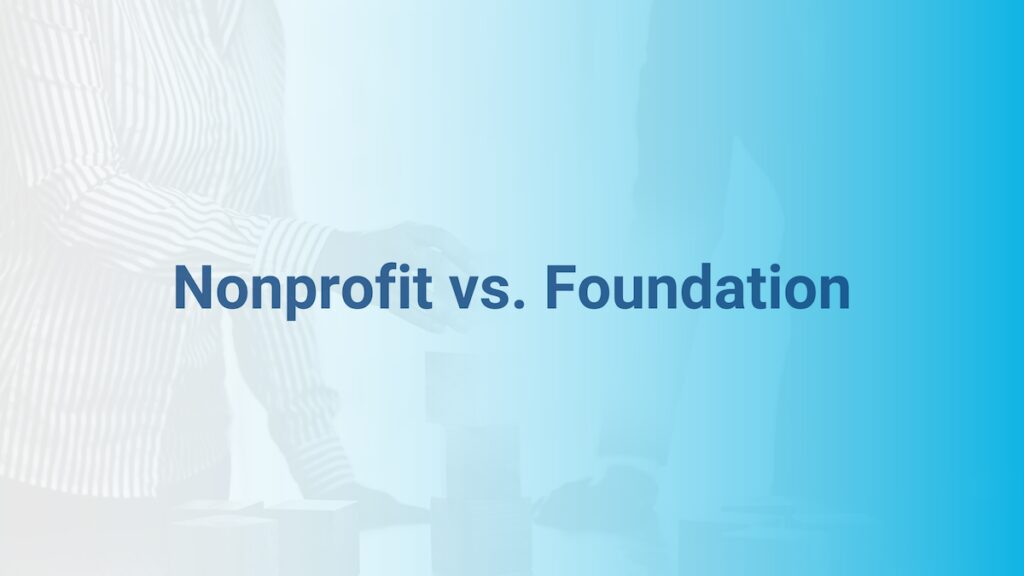Donor-restricted contributions are gifts or donations made to a nonprofit organization with specific instructions or limitations on how the funds can be used. These restrictions are set by the donor at the time the gift is made and must be honored by the organization.
Nonprofit Resources
Donor-Restricted vs. Unrestricted Contributions
| Type of Contribution | Definition | Usage Flexibility |
|---|---|---|
| Donor-Restricted | Funds given for a specific purpose or time period as designated by the donor | Limited – must follow donor’s intent |
| Unrestricted | Funds given with no specific designation | High – can be used at the organization’s discretion |
Types of Donor Restrictions
1. Purpose-Restricted Contributions
These are designated for a particular program, activity, or campaign. Common examples include:
- Capital campaigns (e.g., building a new facility)
- Scholarship funds
- Program-specific funding (e.g., youth services, disaster relief)
2. Time-Restricted Contributions
These contributions are restricted for use during or after a specified period, such as:
- Multi-year pledges
- Endowments where only investment earnings are available after a certain date
Accounting and Reporting Requirements
Under Generally Accepted Accounting Principles (GAAP), nonprofits must track and report restricted contributions separately from unrestricted funds.
Key considerations include:
- Maintaining clear records of how and when restricted funds are used
- Providing donor reports demonstrating compliance
- Using fund accounting systems to ensure accuracy and transparency
Failure to comply can result in loss of donor trust, legal issues, and audit complications.
Best Practices for Managing Donor-Restricted Contributions
- Clarify Restrictions Upfront: Use gift agreements or written communication to confirm donor intent.
- Use Fund Accounting: Track restricted contributions in separate funds or accounts.
- Regular Monitoring: Ensure spending aligns with donor restrictions.
- Transparent Reporting: Share fund use in audits, annual reports, and impact updates.
- Thank and Steward Donors: Provide meaningful updates and build trust through transparency.
What Happens When Restrictions Can’t Be Fulfilled?
If a donation’s original purpose is no longer feasible:
- Seek the donor’s permission to repurpose the funds.
- If the donor is unavailable, request a court modification under the cy-près doctrine, keeping donor intent in mind.
Final Thoughts
Donor-restricted contributions are an essential resource for nonprofits, allowing them to fund targeted initiatives and special projects. When managed properly—with transparency, accountability, and communication—they can drive transformative impact while strengthening donor relationships.
FAQs
- Q: Can a nonprofit refuse a donor-restricted gift?
- A: Yes. If the restrictions are too burdensome or outside the organization’s mission, it is wise to decline the gift.
- Q: Are endowments considered restricted?
- A: Typically, yes. Donors often impose restrictions on how endowment earnings can be used.
- Q: Can a nonprofit board create restrictions?
- A: The board can designate uses for unrestricted funds, but only donors can impose legally binding restrictions.

















